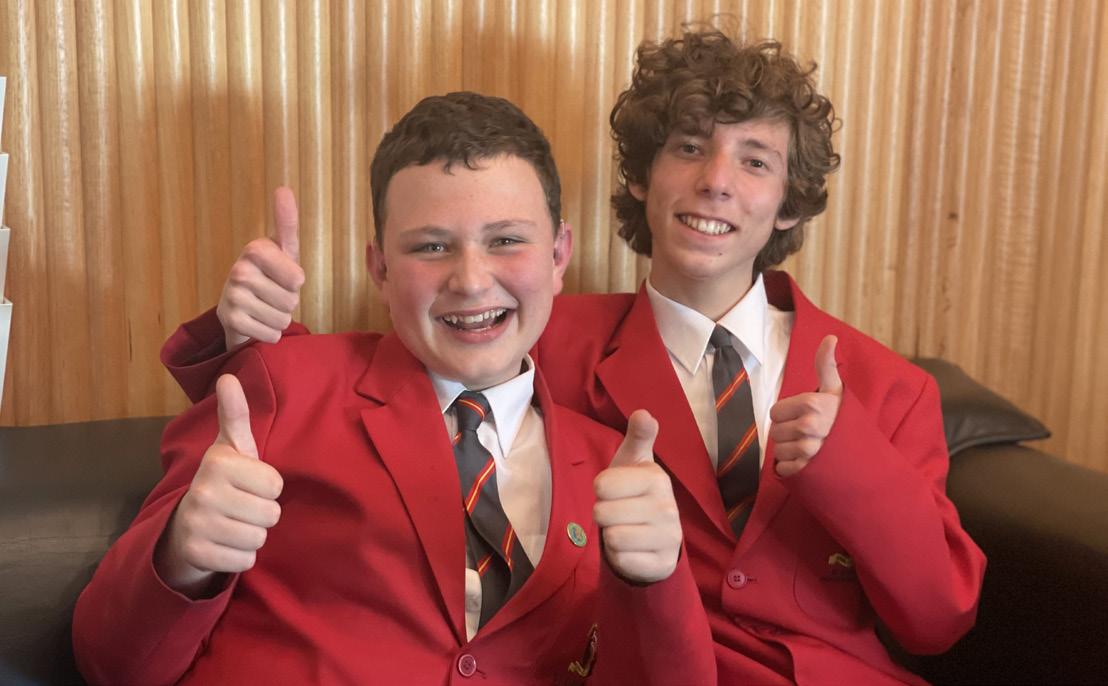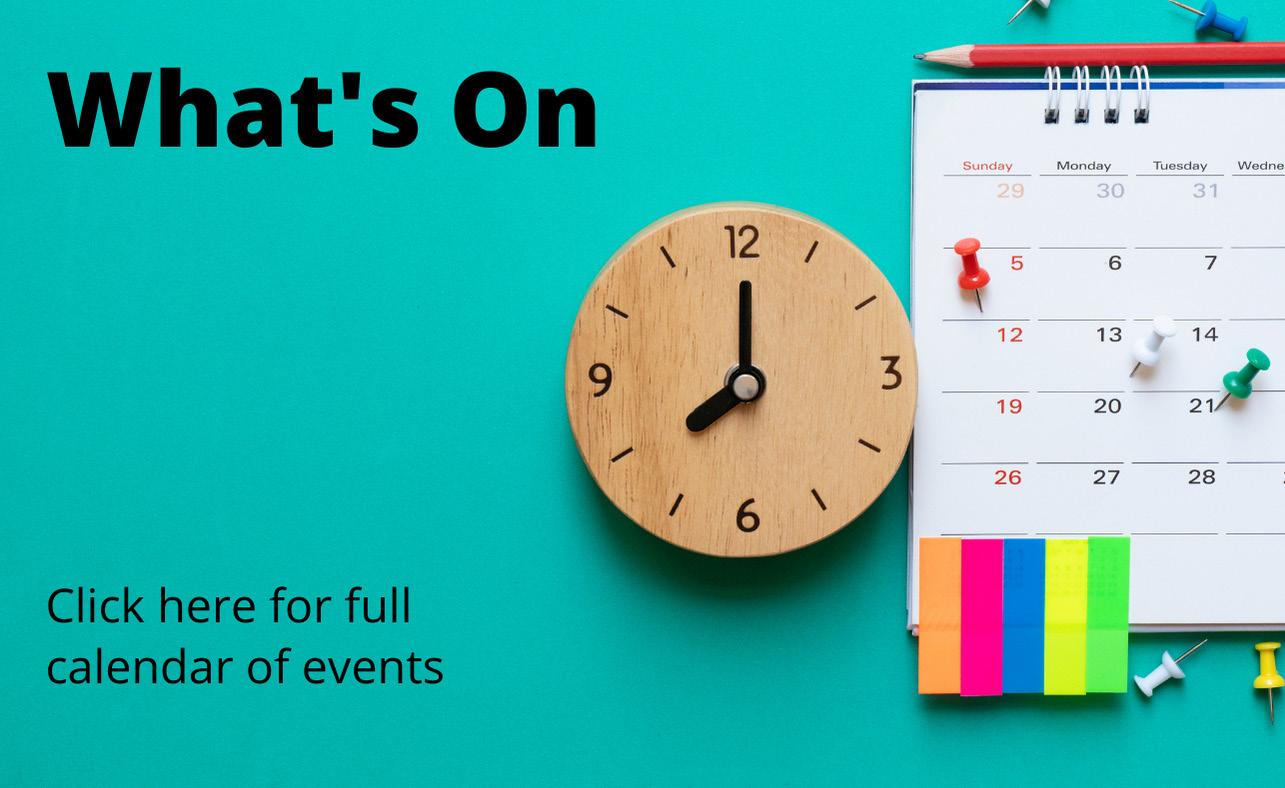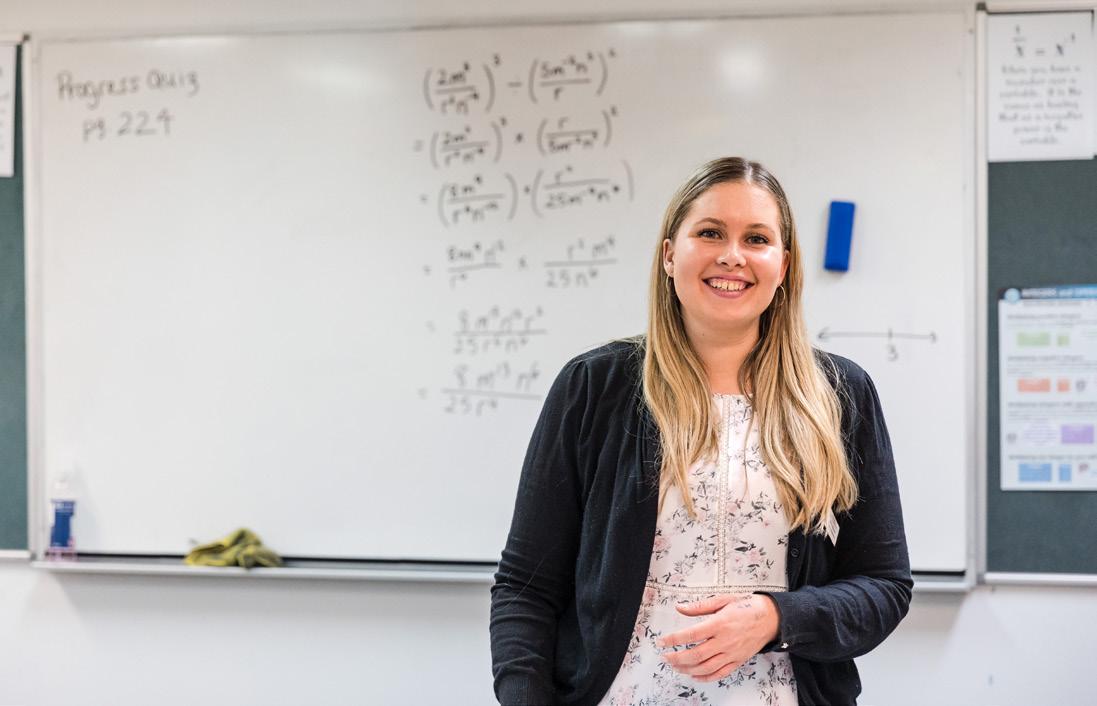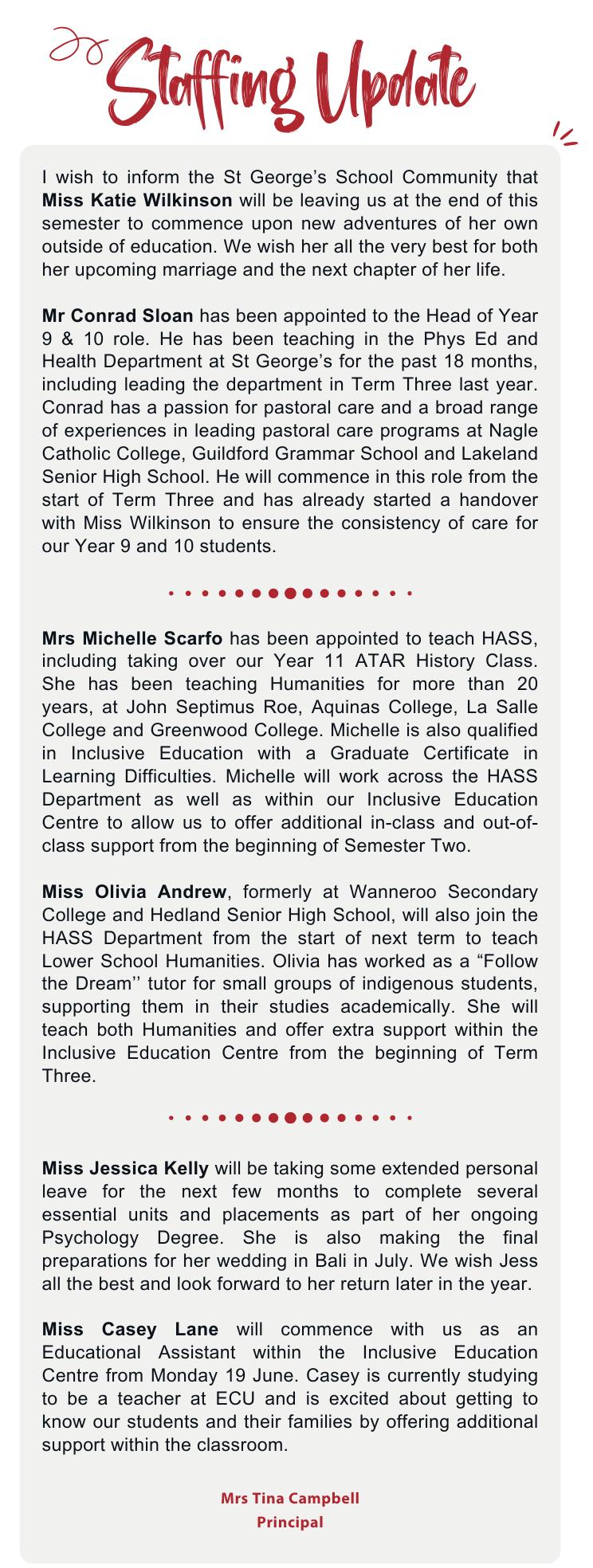
3 minute read
School Operations

Shannon Allen
Advertisement
I would like to remind students of our Uniform and Grooming Policy as we are currently seeing breaches, especially in regard to the wearing of blazers. Please remember the following: their approach to life and their interactions with others as these will define them as successful individuals far more than a final mark or score. There is also no time limit to success, so if in considering our successes in Semester One we believe that it has not been as inspirational as we would have hoped for, it is never too late to write our own success story for Semester Two. I urge our students to look to the future with anticipation of the successes that are yet to come, allowing them the space between where they are and where they want to be to inspire them. To learn from what has happened, to believe in what might be and most importantly to believe in themselves and their abilities to achieve their own version of their own definition of success for the future.
• Winter uniform is worn in Terms 2 and 3.
• Blazers are to be worn throughout the day but may be removed in class for comfort or activity. They are to be worn to Chapel on Mondays throughout the year and should be worn to and from school.
• School jumper and blazer sleeves are not to be pulled up to the elbows and jumpers should not be tied around the waist.
• Shirt buttons must be done up when wearing a tie.
• Skirt length should touch the top of the knee cap.
• Shirts must always be tucked in.
• Sports uniform may be worn home at the end of the day if a student has sport in Periods 5/6, or to School at the beginning of the day if a student has sport in Periods 1/2.
Students who may need to re-familiarise themselves with our expectations of uniform can find the full policy in the “Parent and Student Information Handbook” available on SEQTA.

Mrs Tina Campbell Principal
The Great Debaters
Congratulations to our Junior Debating Team which won a debate against Wesley in the WA Debating League on Wednesday night. This was an impromptu debate on the topic “This house regrets the narrative that people should follow their dreams”. St George’s successfully argued the negative. Once the topic was released, Paige Karl, Eli Holbeach, Cooper Grant and Lawson Forrester (pictured left) had an hour to plan without any coaching or access to technology. The team produced some excellent arguments and were able to develop convincing rebuttals during the debate to secure the win.
Charity Day
Staff in Focus
Chloe Hewitt studied engineering at UWA before joining St George’s in 2017. Now Head of Mathematics, Miss Hewitt explains what makes our school special and how students can continue to improve their results.

Why did you embark on a career in education?
It is a huge privilege to teach young people and partner alongside their parents in the education of a child.

When I applied for the position of maths teacher, St George’s had 270 students and I thought it would be cool to work in a small school and become integrated in the community.
What makes St George’s special?
Firstly, the students – they are simply the best. Our students are genuinely good people. Also, the vertical PCG system and the connections in general between the different year groups across the School. A real point of difference at St George’s is that students aren’t typecast – everyone is welcomed and everyone connects. They can be in the production and be very academic. We celebrate all success stories and encourage students to follow their passions and be true to their dreams and aspirations.
What can students do to improve their results in maths?
Middle school students should be spending 30 minutes a week revising old content to ensure they retain the knowledge in the lead up to tests. They should also keep a list of any questions they have struggled with and ask for help to complete these questions. There is so much Maths Help available, they merely need to ask for assistance.
When preparing for a test, the first step is to print out the list of topics and complete a traffic-light survey. Green means you know you’ll get that topic correct in the test, orange means you understand the topic but can get more challenging questions incorrect; and red means you need to learn the topic. Then plan to start learning the topics in red by reading your textbook, looking back on your class notes, asking a peer or an older student for help or coming to Homework Help and asking a teacher.
Maths is like sport - you have to practice!
What is a highlight of your week at St George’s?
My PCG for sure (everyone knows M6 is the greatest PCG) and also Park Play. It is lovely breaking up the day by getting outside and hearing how students are finding the week whilst being surrounded by the city landscape.










